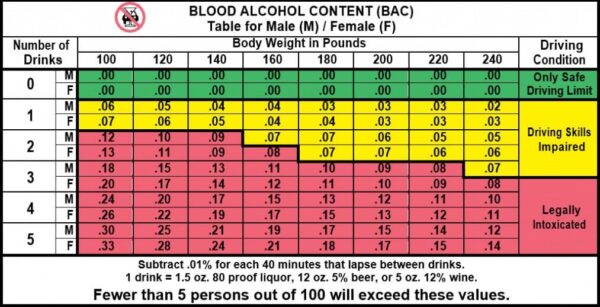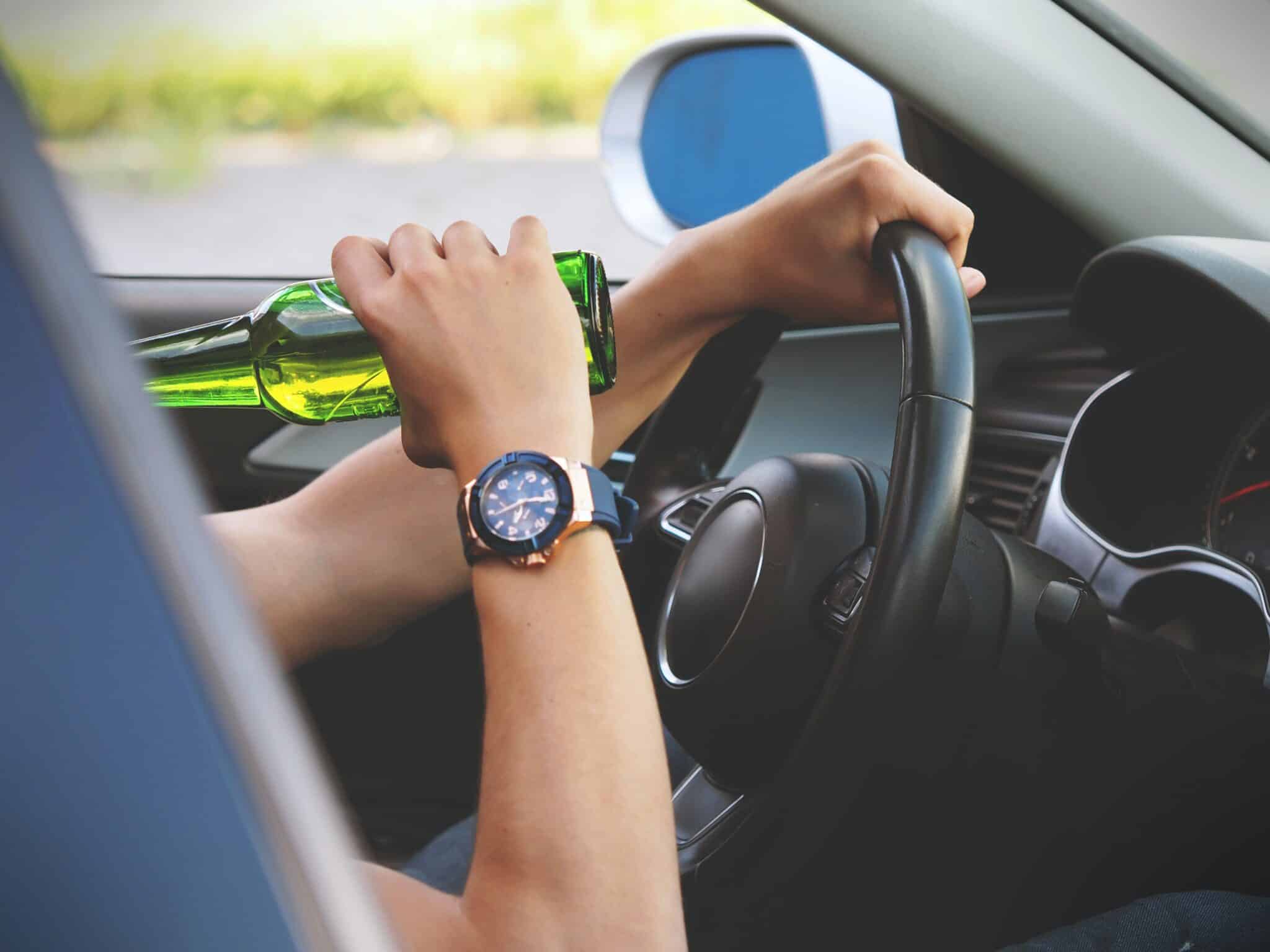Introduction
Alcohol consumption is deeply ingrained in many cultures and social activities, often seen as a way to unwind and relax. However, it’s essential to recognize that alcohol can have significant effects on our bodies and can impair our motor abilities, particularly when it comes to driving. In this blog post, we’ll dive into how alcohol affects your body and its serious implications on your ability to drive safely.
The Effects of Alcohol on the Body
When alcohol is consumed, it rapidly enters the bloodstream and begins affecting various systems in the body. Here are some of the key ways alcohol impacts the body:
Central Nervous System: Alcohol is a depressant that affects the central nervous system, slowing down brain activity. This can result in impaired judgment, reduced coordination, and slower reaction times.
Coordination and Motor Skills: Alcohol affects the cerebellum, a part of the brain responsible for coordinating movement. As a result, your motor skills and coordination are compromised, making tasks like walking and driving much more challenging.
Vision and Perception: Alcohol can distort vision and perception, making it difficult to accurately judge distances and speeds. This is particularly dangerous while driving, as it impairs your ability to react to sudden changes in traffic.
Reaction Times: Alcohol slows down the brain’s processing speed, leading to delayed reaction times. When driving, split-second decisions are crucial, and any delay in response can lead to accidents.
Impaired Judgment: Alcohol can impair your ability to make rational decisions. This leads to risky behavior that you might not engage in while sober. This lack of judgment can lead to getting behind the wheel even though your motor skills are impaired.
Alcohol and Driving
The combination of alcohol and driving is a dangerous one, with potentially life-threatening consequences for both you and others on the road. Here’s how alcohol impacts your driving ability:
Increased Risk of Accidents: Driving under the influence of alcohol significantly increases the risk of accidents. A driver with a .05 BAC (completely legal in the US to drive) your odds of wrecking your car have increased 100 percent versus someone who hasn’t drunk at all. With a BAC of .08 your crash odds have roughly tripled. For that 160-pound man, five drinks in an hour leads to a BAC of .12 and an elevated crash risk of 682 percent!
Legal Consequences: Most countries have strict laws against driving under the influence (DUI) or driving while intoxicated (DWI). Getting caught can result in fines, license suspension, and even jail time. Law enforcement uses breathalyzer tests to measure BAC levels quickly. If your BAC exceeds the legal limit, you can face serious penalties.
Under 21 Drivers: For young or inexperienced drivers, the legal blood alcohol concentration (BAC) limit is often lower due to their heightened vulnerability. In most US states a person under the age of 21 can not operate a vehicle with any alcohol in their system. This recognizes that even a small amount of alcohol can impair their driving skills. Many countries have a no drinking and driving policy. Even after only one drink it is illegal to drink and drive, regardless of your age.
Personal and Public Safety: Beyond legal consequences, driving under the influence puts your life and the lives of others at risk. Accidents caused by impaired driving can lead to injuries or fatalities. Don’t just think about yourself, think about those who could be harmed by your choice to drink and drive.
Conclusion
One cannot overstate the impact of alcohol on the body and its potential to impair driving skills. The effects of alcohol on the central nervous system, coordination, vision, and judgment make it clear that driving and alcohol do not mix. If you plan to consume alcohol, it’s essential to have a designated driver, use public transportation, or opt for rideshare services to ensure your safety and the safety of others on the road. Remember, making responsible choices when it comes to alcohol and driving can save lives and prevent irreversible tragedies. Devices such as a breathalyzer can help aid in accurately calculating the user’s BAC. Additionally, you can use a disposable breathalyzer such as the BreathIQ. Use this helpful chart to calculate your BAC given how many drinks you have had and your body weight: 


